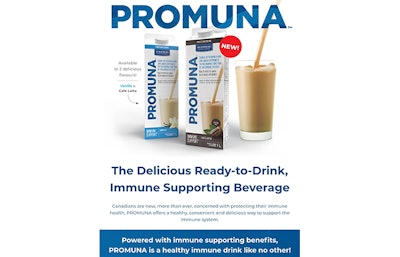
The COVID-19 pandemic has fostered transformation in the egg marketing, be it in distribution channels, product mix or consumer attitudes to eggs. Innovation may always have been a way of attracting and retaining consumer, however the pandemic is likely to result in a number of long-lasting changes in the egg industry.
We certainly saw a lot of innovations early on in the pandemic, when the sector was hit concurrently by a huge spike in retail demand for eggs and a shortage of packaging materials.
Using egg trays for consumer packaging may, perhaps, be seen as a very simple innovation, nevertheless, it allowed egg graders to immediately respond to increased consumer demand for larger purchases and brought tremendous flexibility to the egg grading business with the same packaging material used for a wide range of brands. The only change required was for the labels that could also be printed in-house.
Innovation does not have to be complex and expensive.
Yet, COVID-19 has also pushed many outside of their comfort zone, requiring the egg sector to quickly innovate in various ways to meet altered consumer demand. Companies have developed new ways to reach consumers. such as the dedicated egg delivery system initiated by Brazil’s Mantiqueira Group, or simply partnered with food delivery services to enter fully into the e-commerce segment.
Given the appeal of online ordering and home delivery, especially to young urban dwellers, egg companies will have to not only compete in the e-commerce arena but innovate to keep ahead of the competition.
New product offerings
However, it is not only packaging and delivery channels where we have witnessed innovation, it is also taking place in product development.
Consumers are learning a lot more than they may have wished for during the pandemic, particularly where the immune system, antibodies and good nutrition to fight disease are concerned, and the egg industry has not ignored this growing interest.
Canada’s Burnbrae Farms Ltd., for example, has launched this month a ready-to-drink egg-based product specifically designed to respond to this newly emerged consumer interest. In the near future, we should see more egg products carrying claims for healthy immune system function.
What might be the next step in egg innovation?
Perhaps the egg sector should consider how increase synergies between the retail and food service channels. We may see some licensing agreements between food service chains and egg processors to make some well-known food service brands also available at retail. Or we may see egg processors entering fully the food manufacturing and processing sector, with premium meals and restaurant-like prepared dishes sold at retail.


















